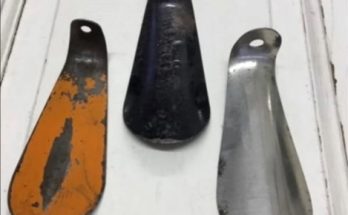Ever found yourself pulling up to the wrong side of the gas pump because you forgot which side your car’s fuel door is on? It’s one of those little mysteries of modern life. But the truth behind why gas tanks are placed on different sides of cars is more interesting than you might think.
The Engineering Behind the Placement
The location of your gas tank is primarily driven by practicality. According to Nissan’s Steve Yaeger, the fuel door placement depends on the design of the vehicle’s underbody and fuel tank. Engineering constraints often dictate whether the fuel filler tube is routed to the left or right. Ford’s Mark Schirmer agrees, noting that the placement is all about what fits best within the car’s overall design. Imagine dual fuel doors – convenient, but not practical due to space and cost.
Consumer Preferences and Regional Differences
In the U.S., left-side fuel doors are the norm. Why? Most drivers prefer refueling from the side closest to the driver’s door. But in countries like the UK and Japan, where people drive on the left side of the road, right-side fuel doors make more sense. Fun fact: Ford did market research in the ’80s and found Americans preferred left-side tanks, but this often led to accidents when car doors hit cement pump islands. Instead of redesigning the fuel door placement, manufacturers strengthened the doors!
Safety First
At one point, automakers believed putting fuel tanks on the passenger side was safer. Why? They thought the driver’s side was more vulnerable in T-bone accidents, which could lead to dangerous fuel leaks. However, Ford’s research found no significant difference between accidents on either side. In countries like Germany, where highways often lack shoulders, right-side fuel doors allow for safer refueling away from high-speed traffic.
The Practicality of Variety
Economist Robert Frank suggests that the variety in fuel door placement helps avoid congestion at gas stations. If all cars had fuel doors on the same side, one row of pumps would be crowded while the other sat empty. By mixing things up, drivers can spread out, cutting down on long waits during rush hours.
A Historical Look
In the ’70s, Ford usually placed fuel doors on the passenger side for safety and ease of access when refueling on busy roads. Over time, however, evolving designs and consumer preferences shifted fuel door placement, especially as vehicles became more streamlined and optimized for driver comfort.



